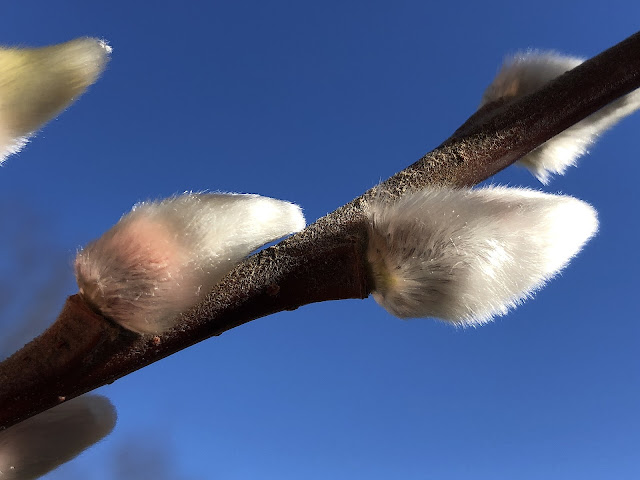A Sip of Tradition: Inuit Tea Culture
For centuries, the Inuit and other Arctic communities have celebrated the power of plants by brewing them into teas. These recipes, passed down through generations, are not only for recreational delight but also for medicinal purposes. One of the most cherished ingredients? The leaves of the cloudberry—a small yet mighty fruit revered across the Arctic.
What Are Cloudberries?
The cloudberry is a circumpolar boreal plant that thrives in wild, remote areas. Found across Russia, Alaska, Canada, and the Nordic and Baltic countries, it grows in bogs, marshes, and tundra regions at altitudes of up to 4,600 feet. This delicate plant propagates through an intricate root system and with the help of birds and mammals that distribute its seeds.
When unripe, the cloudberry is red and tart. But as it ripens, it transforms into a golden amber hue, offering a sweet flavor reminiscent of blackberries or raspberries.
Medicinal Marvel: The Power of Cloudberry Leaves
For the Inuit, cloudberry tea is a remedy for stomach aches and kidney issues. The preferred leaves for tea are those that have aged for a year and are picked in the fall. Beyond its therapeutic uses, cloudberry tea is a nutritional powerhouse, rich in vitamin C, iron, and antioxidants that support overall health.
Culinary Delights: Cloudberries in Arctic Cuisine
Cloudberries aren't just for tea—they're an essential part of the diet in northern indigenous tribes. Their tart juice and vibrant flavor are mixed into stews and baked goods, adding a touch of the Arctic to every dish. Among the Yup'ik people of Alaska, cloudberries are combined with seal, reindeer fat, fish, tundra greens, and sugar to create akutaq, a traditional dish meaning "something mixed." Over the years, modern additions like sugar, milk, and Crisco have evolved this staple into a sweeter treat.
Fun Facts About Cloudberries
Cloudberries are more than just a fruit—they’re a cultural icon. Here are some little-known facts:
Currency cameo: The cloudberry appears on the Finnish version of the two-euro coin. Botanical lineage: It belongs to the rose family—yes, the same family as your garden roses! Nordic liqueurs: Traditional beverages like lakkalikööri or Lakka are made from soaking cloudberries in alcohol for months. These liqueurs are branded by Chymos and Lapponia, distributed by the Sweden-based group behind Absolut Vodka. Akvavit flavoring: Cloudberry is a sought-after addition to this traditional Nordic spirit. Chicoutai liqueur: In northeastern Quebec, the cloudberries unique flavor is captured in a liqueur named after its aboriginal name, chicoutai.
The cloudberry is more than a fruit—it’s a vital part of Arctic heritage. From its medicinal leaves brewed in teas to its culinary versatility, cloudberries remain a treasure cherished by indigenous communities and Nordic countries alike. Whether enjoyed as a tea, baked into traditional dishes, or distilled into a fine liqueur, the cloudberry embodies the resilience and creativity of the Arctic people.
So, the next time you see a golden berry or sip a fruity liqueur, remember the cloudberry legacy, steeped in centuries of tradition and resilience in the world’s farthest reaches.













